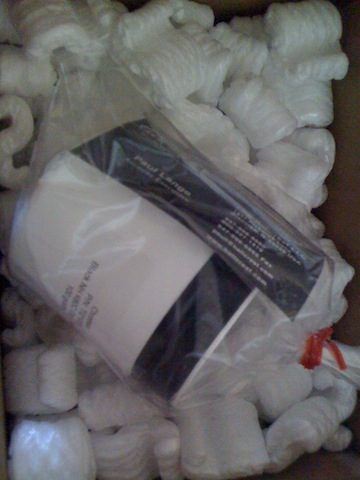Phantom for microwave ablation device testing
Project Overview
Microwave ablation is a medical treatment for many abdominal cancers in vivo. Thin antennas positioned in the tumor cells deliver microwave energy to destroy the tumor cells. This method has achieved some clinical success; however, improvements for devices and ablation techniques are in demand. The current tissue models are heterogeneous and inconsistent and impede device development. Dr. Brace is currently developing new ablation devices and desires a reliable medium to test his innovations. Our collective goal is to create a phantom for microwave ablation that is nearly transparent, mirrors the dielectric and thermal properties of a liver, and provides visual identification of ablation zones.
Team Picture

Images





Files
- Final Paper (December 8, 2010)
- Final PDS (December 8, 2010)
- Final Poster (December 8, 2010)
- Project Design Specifications (September 14, 2010)
- Mid-Semester Presentation (October 15, 2010)
- Mid-Semester Report (October 20, 2010)
- Revised PDS (October 20, 2010)
Contact Information
Team Members
- Tian Zhou - Team Leader
- Molly Krohn - Communicator
- Andrew Hanske - BSAC
- Kimberly Maciolek - BWIG
Advisor and Client
- Prof. John Puccinelli - Advisor
- Prof. Chris Brace - Client
